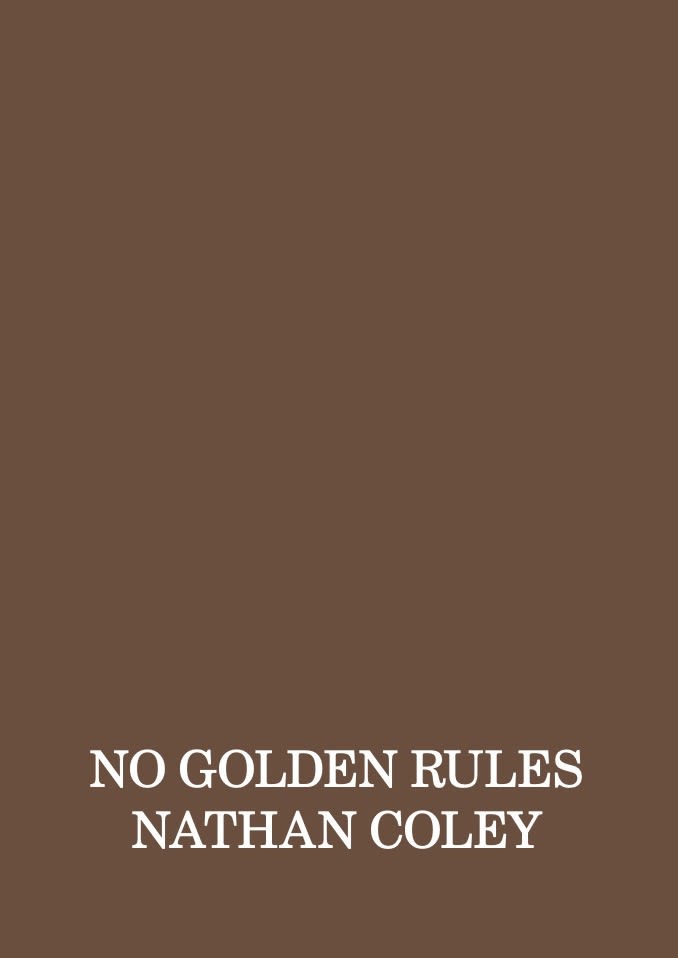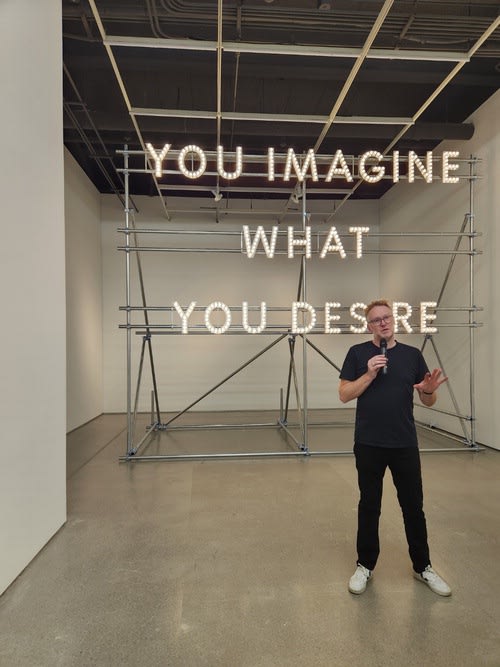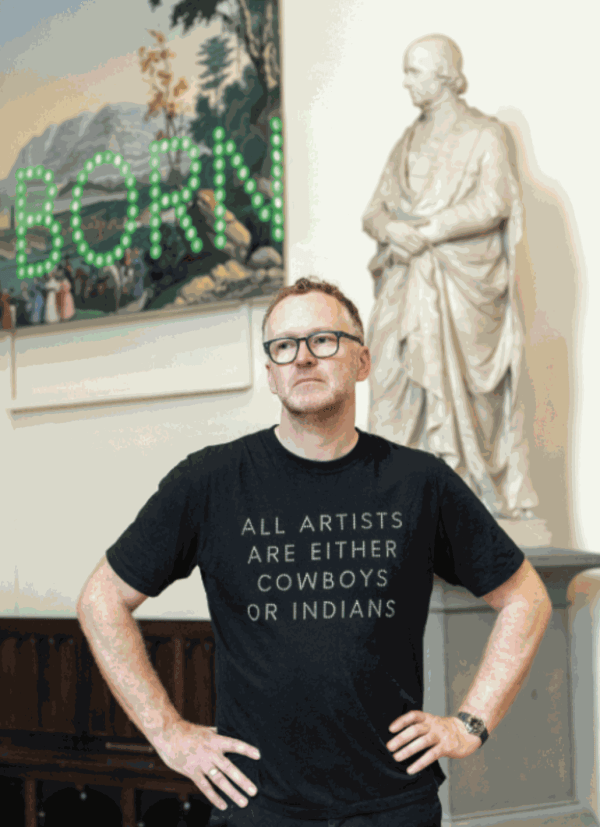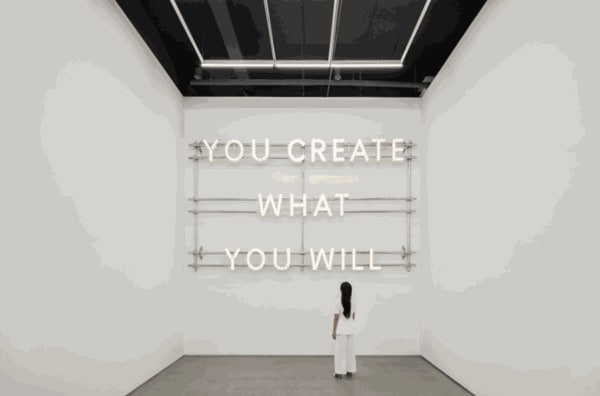NATHAN COLEY: NO GOLDEN RULES
24 May - 08 July 2023
The Page Gallery EAST
Nathan Coley’s first solo exhibition in South Korea includes a selection of important works emblematic of his practice: a series of signature large-scale illuminated text works; related small-scale lightbox works, and a group of sculptures representing buildings from different faiths. The exhibition’s title is taken from a phrase by the Humanist playwright, critic and philosopher George Bernard Shaw (1856-1950), who said that ‘The Golden Rule is that there are no golden rules.’
Coley is interested in the idea of ‘public’ space, and his practice explores the ways in which architecture becomes invested – and reinvested – with meaning. Across a range of media Coley investigates what the built environment reveals about the people it surrounds and how the social and individual response to it is in turn culturally conditioned. Using the readymade to take from and resituate ideas and images in the world, Coley addresses the ritual forms we use to articulate our beliefs – from hand-held placards and public signage to sacred places and sanctuaries. Whether listing in illuminated letters the five ‘Rights of Man’ under Islam or rendering buildings from Giotto’s frescoes as signs of protest, his work frequently turns the specific into the general, thereby testing its function as a form of social representation.
네이단 콜리: NO GOLDEN RULES
24 May - 08 July 2023
더페이지 갤러리 EAST
네이단 콜리(Nathan Coley)의 한국 첫 개인전에는 그의 대표작인 대형 텍스트 조명(illuminated text) 작업부터 여러 종교적 건축물을 나타내는 조각까지 작가의 주요 작품들이 포함된다. 전시의 제목은 인본주의 극작가이자 비평가, 철학자인 조지 버나드 쇼(George Bernard Shaw, 1856-1950)의 “황금률이 없다는 것이 황금률이다”(The Golden Rule is that there are no golden rules)라는 말에서 따온 것이다.
콜리는 ‘공공’의 개념을 중심으로 건축과 장소가 의미를 부여받는 방식을 연구한다. 특히 구축된 공공 환경이 주변 사람들에 대해 어떤 것을 드러내고 그에 대한 사회적 및 개인적 반응이 어떻게 문화적으로 조건화되는지 다양한 매체를 통해 탐구한다. 작가는 우리가 믿음과 신념을 표현하고 인식을 드러내는 형식에 집중하며 레디메이드를 통해 시위대의 피켓과 공공표지판에서부터 신성한 장소 혹은 사원에 이르기까지 세계의 여러 개념과 이미지를 인용하고 재배치한다. 이슬람의 다섯 가지 ‘인간의 권리’를 조명 문자(illuminated letters)로 나열하거나, 지오토(Giotto di Bondone)의 프레스코화에 등장하는 건물들을 항의의 표시로 제시하는 등 그의 작업은 구체적인 것을 일반적인 것으로 바꾸어 사회적 표현의 한 형태로서 그 기능을 시험한다.






